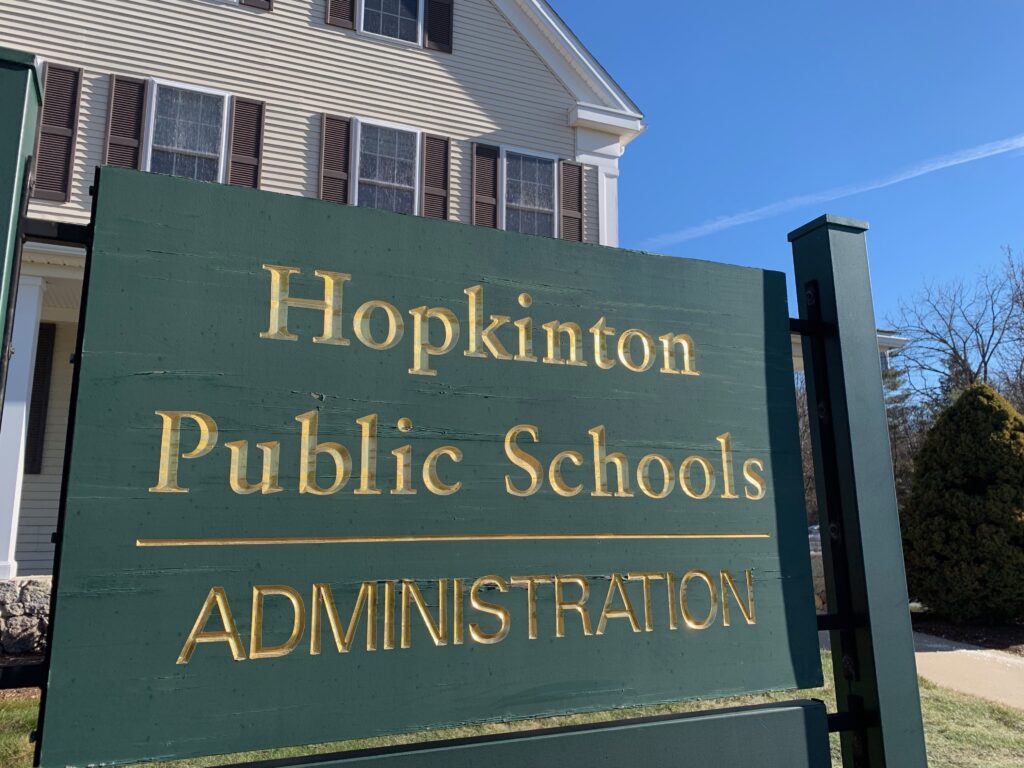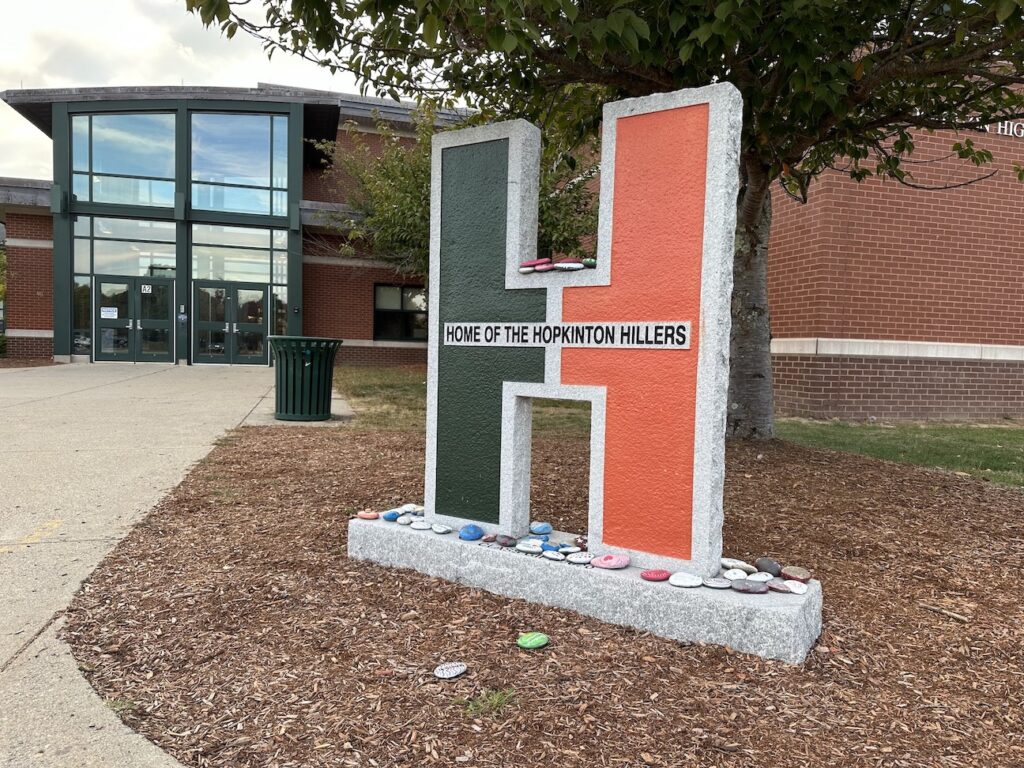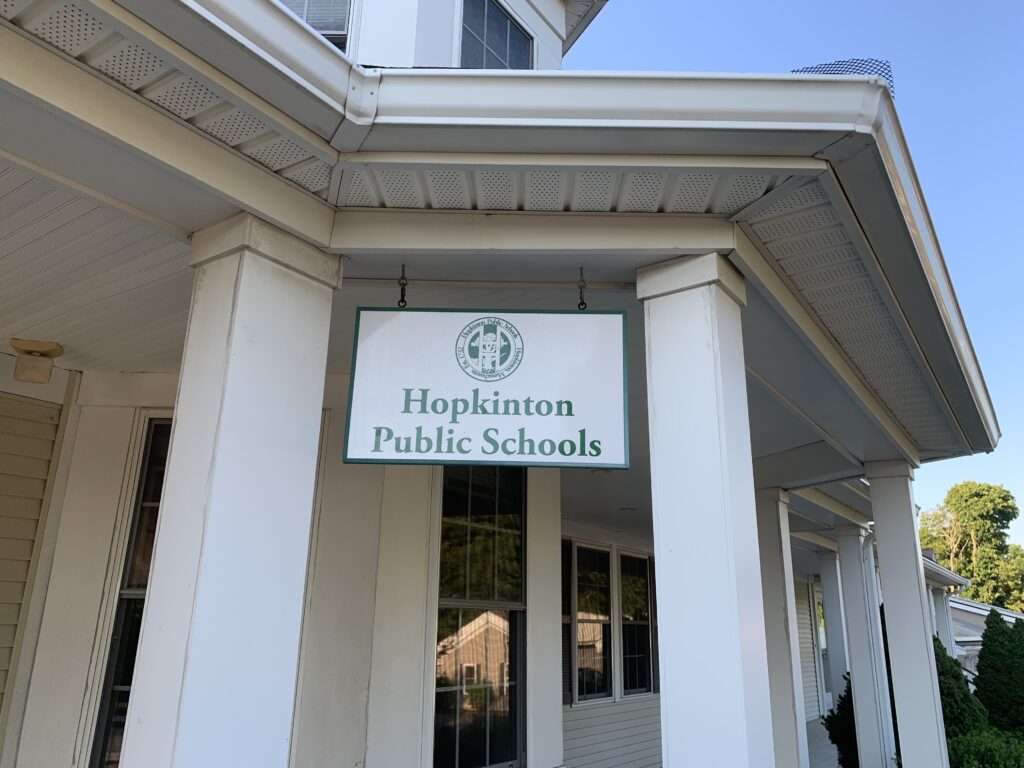The district may need to spend $157 million in construction costs over 10 years to accommodate a projected long-term enrollment increase of 700 students, finance director Susan Rothermich told School Committee members Thursday.
A facilities study group will be created to develop more information on this topic, superintendent Carol Cavanaugh said. This group would analyze facilities development needs, student growth projections and programming needs and expansion.
The $157 million figure was presented during a recent discussion on long-term capital planning that featured all town municipal department leaders, hosted by town manager Norman Khumalo.
The schools had “an enormous price tag’’ for their needs when compared to other departments because of the impact of population increases, Cavanaugh said.
Every school building would fall short of state space requirements with 700 students added into the overall district enrollment, Rothermich said.
Using the space requirements mandated by the state, the district could face a total shortfall of 187,000 square feet among all its structures. This could result in major construction projects that could require buildings and grade levels to be reconfigured, she said.
Millions would have to be spent to ensure that all schools have the adequate square footage, according to the projections presented.
One possibility would be to merge Elmwood and Hopkins students into one new facility, at a potential cost of $109 million.
This school would house students in Grades 2-5, which would have the advantage of lessening transitions between schools for children in this age group, she said.
Hopkins, Middle and High School building space could then be reallocated and grades potentially reconfigured to provide enough room at a potential cost of $15.5 million. Marathon School would remain a K-1 school, with an $11.5 million estimated cost to accommodate the needed space.
Renovation work at the middle school could cost $21 million.
These figures are projections at this point and do not represent an in-depth study, Rothermich stressed. The numbers are based on information currently available.
These figures are also gross estimates, she said. They do not factor in potential assistance from the School Building Authority or other entities.
Cavanaugh said the district needs to look at how to “maximize our buildings’’ and “figure out where the [population] bubbles will be.’’
The $157 million figure “is probably a little bit shocking,’’ to some residents at first glance, committee member Nancy Cavanaugh said, but, “We’ve had to kick the can down the curb for many years on a problem that is bubbling up.’’
Rothermich said the district will work with the town to determine how to best figure potential expenses into the town’s debt service and cause the least possible impact to taxpayers.
Committee member Meg Tyler said that while the costs are high, she is “relieved we are returning to it after a year of being made dizzy after the pandemic and all its insistent and unpredictable needs.’’ This issue, she said, predates the pandemic and represents a long-term issue.
Added Tyler: “We clearly need the space,’’ and, “The longer we delay, the more expensive it’s going to be.’’
Committee chair Amanda Fargiano said the planning also could give the district a chance to prioritize what the space should be used for. More space might be needed for music programs, for example, or other features that the town values, she said. The changes should “reflect our priorities,’’ she said.



















Give people over Sixty a break in taxes. We can’t sustain this. If you want diversity don’t push seniors out of town.